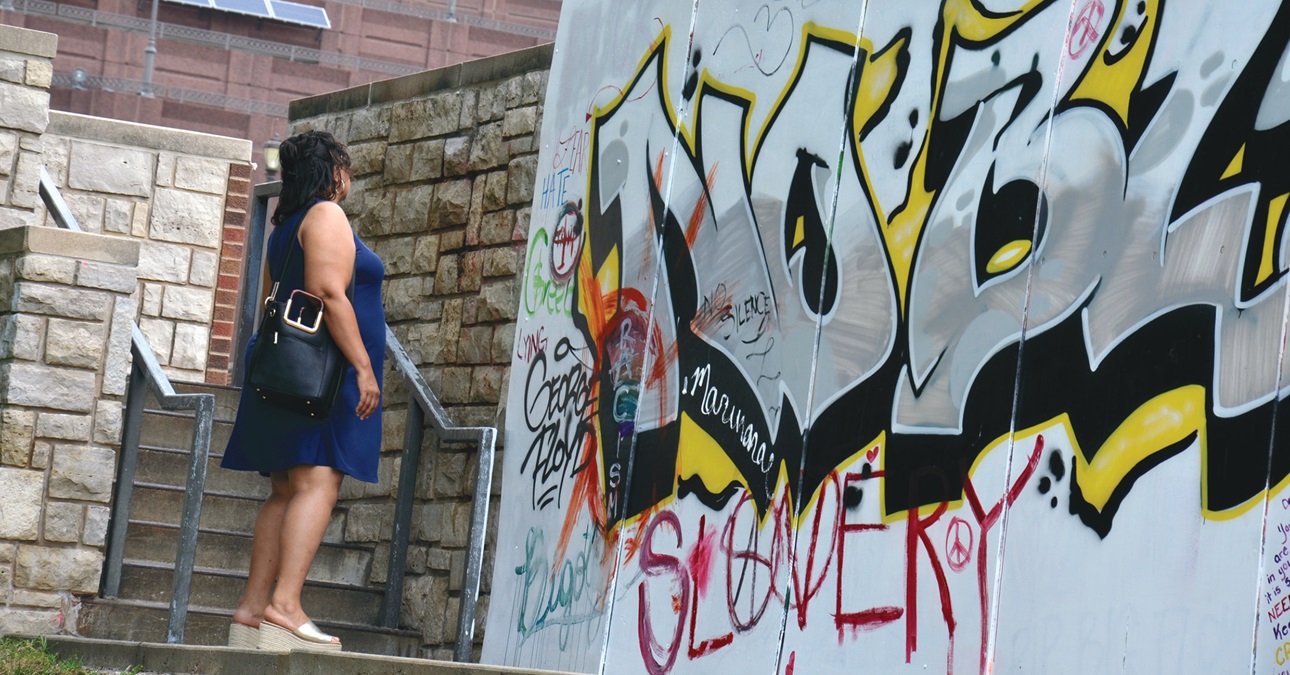Parks and Boulevard System—Kansas City, Missouri

Providing a More Equitable Approach to Investing in Parks and Recreation
Report Summary:
The panelists considered the following key questions:
- The primary factors Kansas City parks should consider when aligning use of park resources and missions;
- How the parks system should incorporate community input in the design of facilities and open spaces to mitigate inequity;
- How the system can balance newer growth areas of the city to the north with deferred maintenance of existing, older parks south of the river;
- How the parks system can maximize its existing resources and partnerships to meet the needs of the community; and
- The best strategy for developing resources necessary to fulfill the department’s mission.
Summary of Recommendations
Through briefings, public receptions and interviews, background information, and expertise, the panel had the following key observations related to the following.
- Mission clarity and intragovernmental functional relationship. The governance and organization structure of KC Parks limits the ability of the organization to develop a clear mission that can be effectively executed within the constraints of the organization’s budget.
- Shared public-sector vision. KC Parks operates at the bottom of a volunteer and government administrative pyramid. At the top of the pyramid are the city manager, the mayor, and the City Council, and then further down the pyramid, the commissioners, before getting to the KC Parks director under whom the rest of the organization functions.
- Expanding liabilities. KC Parks is accruing undocumented infrastructure liabilities that will become due as net capital investments mature over the next 20 years and prior maintenance obligations become current. Neither past or current capital projects have been structured with a reserve fund to cover escalating maintenance and replacement costs.
- Flat revenues. Sixty-one percent of KC Parks revenues come from the half-cent sales tax. Sales tax tends to grow in sync with metro population growth and spending. KCMO is not a high-growth metro, and because the city sits on the state line, some of the city’s sales tax expansion occurs on the Kansas side of the state line. Consequently, revenue growth for KC Parks is restricted.
- Public Improvement Advisory Committee (PIAC) funding. The process should be more transparent to the public and to agencies and be more equitable.
- Development regulatory guidelines. Guidelines should be promoted to spur holistic and inclusive development.
- Community engagement. KC Parks has no “structured” community infrastructure or process for the community to review, comment on, or approve any of the department’s decisions about services to customers. The decision-making process is completely opaque to the community.
- Partnerships. A Kansas City Parks and Recreation Conservancy and neighborhood friends park networked should be formed to raise money, to garner community support, and to provide a high-quality product for its customers.
The panelists considered the following key questions:
- The primary factors Kansas City parks should consider when aligning use of park resources and missions;
- How the parks system should incorporate community input in the design of facilities and open spaces to mitigate inequity;
- How the system can balance newer growth areas of the city to the north with deferred maintenance of existing, older parks south of the river;
- How the parks system can maximize its existing resources and partnerships to meet the needs of the community; and
- The best strategy for developing resources necessary to fulfill the department’s mission.
Summary of Recommendations
Through briefings, public receptions and interviews, background information, and expertise, the panel had the following key observations related to the following.
- Mission clarity and intragovernmental functional relationship. The governance and organization structure of KC Parks limits the ability of the organization to develop a clear mission that can be effectively executed within the constraints of the organization’s budget.
- Shared public-sector vision. KC Parks operates at the bottom of a volunteer and government administrative pyramid. At the top of the pyramid are the city manager, the mayor, and the City Council, and then further down the pyramid, the commissioners, before getting to the KC Parks director under whom the rest of the organization functions.
- Expanding liabilities. KC Parks is accruing undocumented infrastructure liabilities that will become due as net capital investments mature over the next 20 years and prior maintenance obligations become current. Neither past or current capital projects have been structured with a reserve fund to cover escalating maintenance and replacement costs.
- Flat revenues. Sixty-one percent of KC Parks revenues come from the half-cent sales tax. Sales tax tends to grow in sync with metro population growth and spending. KCMO is not a high-growth metro, and because the city sits on the state line, some of the city’s sales tax expansion occurs on the Kansas side of the state line. Consequently, revenue growth for KC Parks is restricted.
- Public Improvement Advisory Committee (PIAC) funding. The process should be more transparent to the public and to agencies and be more equitable.
- Development regulatory guidelines. Guidelines should be promoted to spur holistic and inclusive development.
- Community engagement. KC Parks has no “structured” community infrastructure or process for the community to review, comment on, or approve any of the department’s decisions about services to customers. The decision-making process is completely opaque to the community.
- Partnerships. A Kansas City Parks and Recreation Conservancy and neighborhood friends park networked should be formed to raise money, to garner community support, and to provide a high-quality product for its customers.
Panel Chair
Sponsors & Partners
City of Kansas City, MO
Sponsor
RELATED
Webinar
ULI Kansas City: Equity in Parks
To tackle the racial division in Kansas City, Missouri, the city must establish a more equitable process for parks and recreation investment. How can Kansas City create an equitable parks system that works for the benefit of all residents, not just a...
District & National Councils


